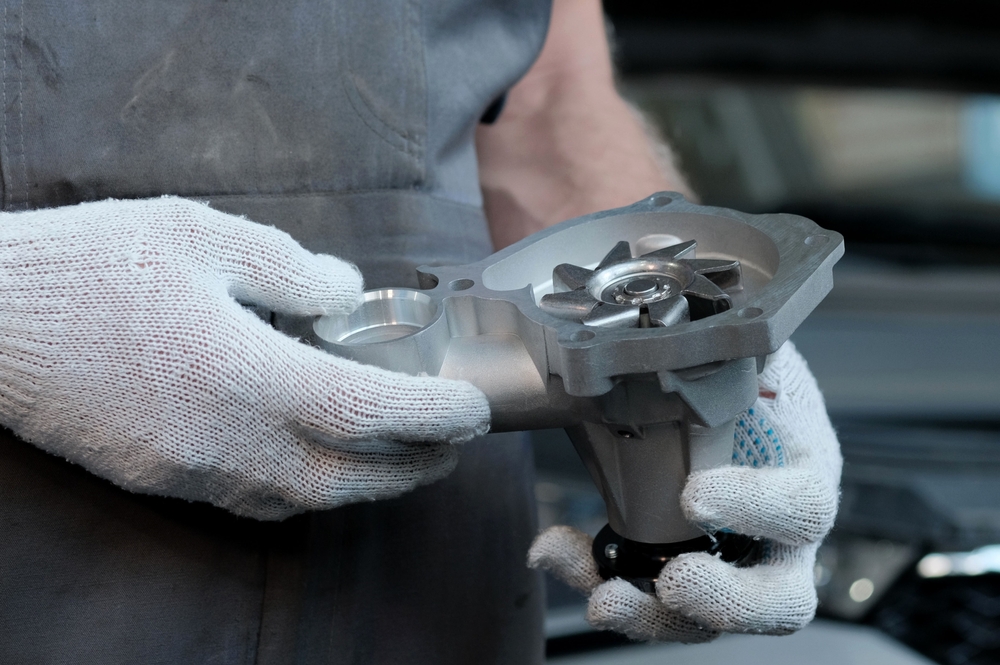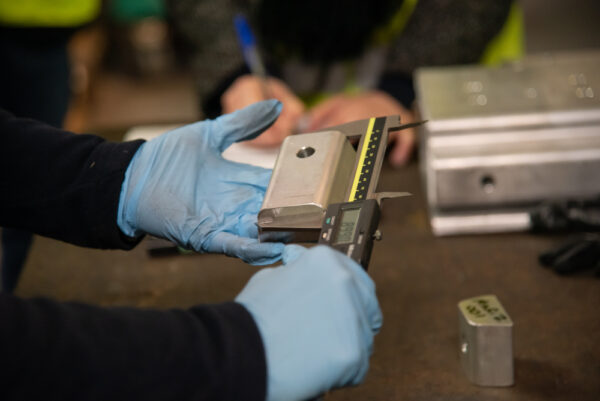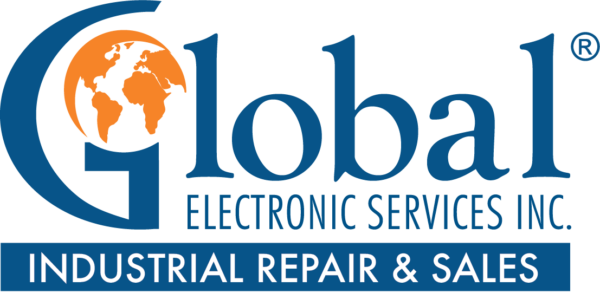The Problem With Counterfeit Components in Industrial Repairs

Counterfeit components have become a hidden threat in industrial maintenance and repair. At first glance, they may look identical to genuine parts — same shape, same labels, and even the same packaging. But beneath the surface, counterfeit components often lack the quality, testing, and reliability of OEM-approved parts. For manufacturers who depend on uptime, a single counterfeit part can create cascading failures, costly downtime, and serious safety risks.
What are counterfeit components?
Counterfeit components are unauthorized copies or mislabeled parts that attempt to pass as genuine. They’re often produced without meeting the strict standards that OEMs require. These parts can slip into the supply chain through unauthorized resellers, cut-rate distributors, or online marketplaces.
The problem lies in how convincing they can appear. Counterfeits are designed to look legitimate, but they rarely undergo the rigorous testing that ensures performance and durability. While the upfront cost may look appealing, the long-term risks are much higher than any short-term savings.
Risks of using counterfeit parts in repairs
Relying on counterfeit parts introduces multiple risks, each of which can disrupt operations and create hidden costs:
- Reliability issues: Counterfeit components typically fail more quickly than authentic parts. They may not be built to handle the same loads, temperatures, or cycles, which increases the likelihood of breakdowns.
- Safety risks: Faulty components can overheat, short out, or otherwise malfunction in ways that put operators and equipment at risk. In some cases, this can lead to electrical fires or dangerous equipment failures.
- Increased downtime and costs: A counterfeit component that fails prematurely means taking equipment offline again for another repair. This results in repeat service calls, higher maintenance costs, and lost production.
- Warranty and compliance concerns: Many OEMs will void equipment warranties if counterfeit or non-certified parts are used. Counterfeits may also fail to meet safety or regulatory standards, exposing companies to compliance issues.

How to spot counterfeit components
What seems like a bargain on the front end often ends up being the most expensive option once the full impact of counterfeits is felt. Fortunately, there are warning signs that can help maintenance teams and buyers spot counterfeit parts before they’re installed:
- Packaging discrepancies: Fonts, colors, or logos that look slightly off can indicate a counterfeit. Missing holograms or authentication stickers are another red flag.
- Labeling mistakes: Misspelled brand names or inconsistent part numbers are common giveaways.
- Pricing that’s too good to be true: Authentic parts generally cost more because of testing, certification, and quality control. Deep discounts are often a sign of counterfeits.
- Lack of documentation: Genuine parts come with data sheets, certifications, or traceability information. Counterfeits usually don’t.
- Poor build quality: Physical inspection can sometimes reveal thinner materials, inconsistent finishes, or loose connections.
Why trusted repair partners are essential
The most effective defense against counterfeit parts is working with a repair partner you can trust. Reputable providers source components only through verified channels, use OEM-certified or equivalent-quality parts, and test every component before installation. This commitment ensures reliability, protects warranties, and prevents the hidden costs of premature failures and downtime.
Off-brand components may seem like a bargain, but they frequently end up costing more in repairs, lost production, and compliance risks. Choosing a trusted repair provider gives manufacturers peace of mind and keeps equipment running safely and reliably.
